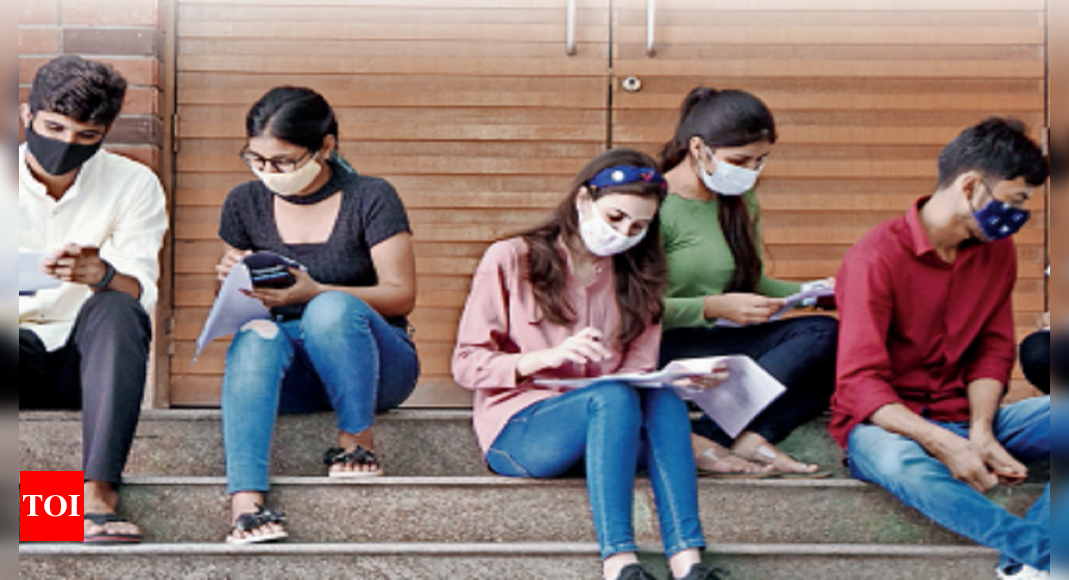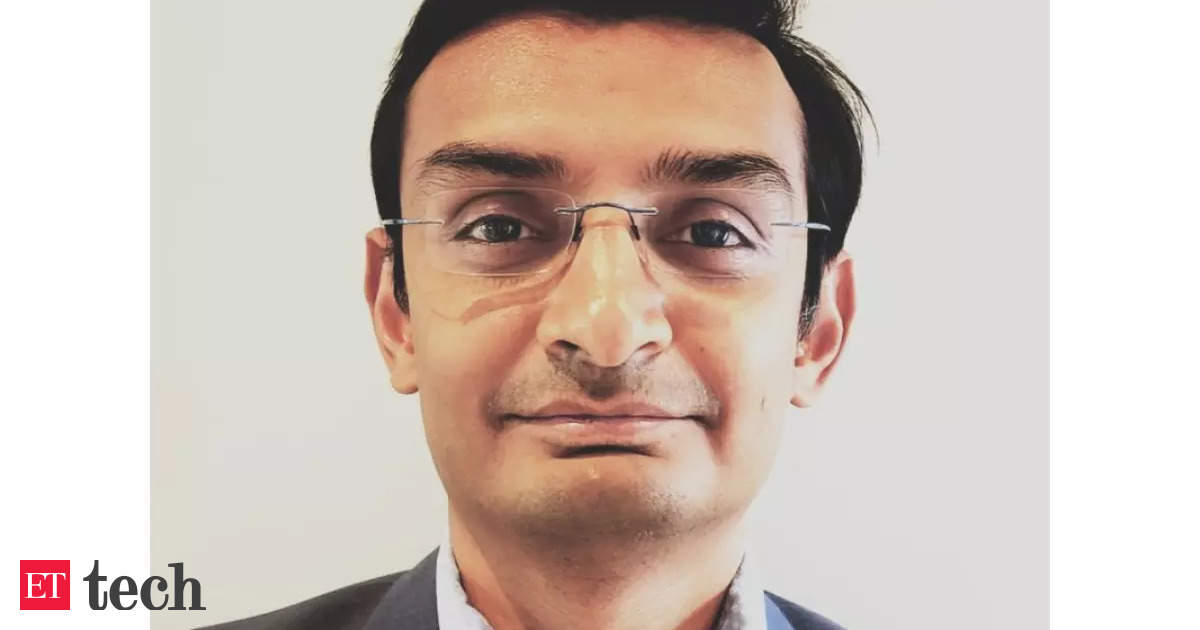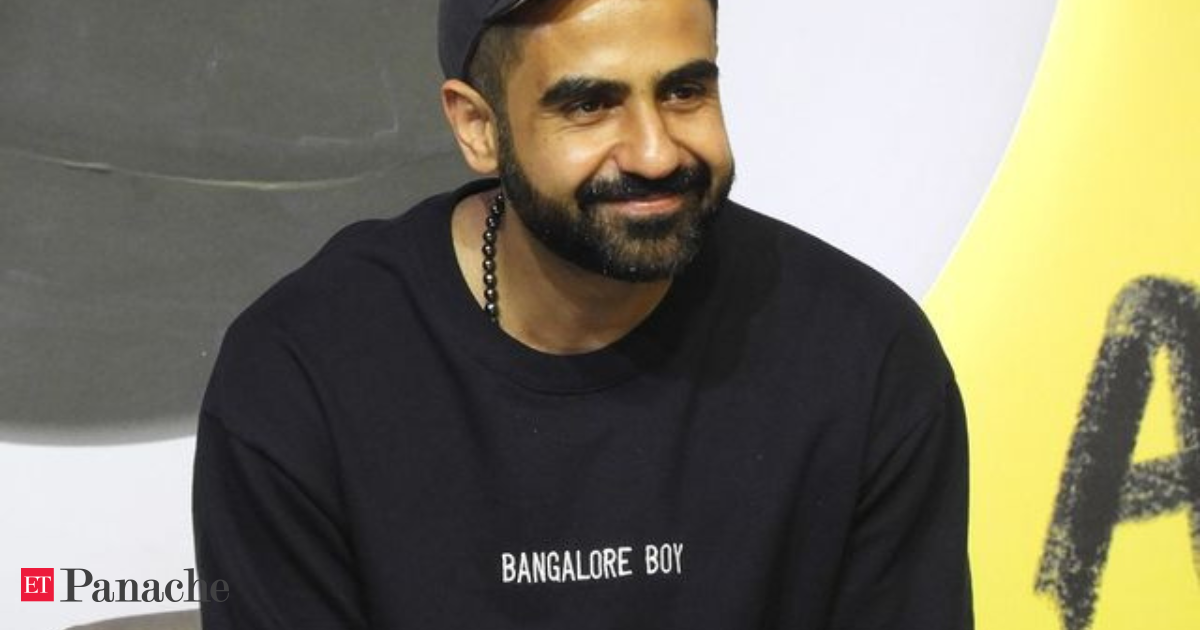The recently released report by Niti Aayog shows that India is making significant progress in reducing multi-dimensional poverty. The report provides multi-dimensional poverty estimates for India’s states, Union territories, and districts. It reveals that between 2015-16 and 2019-21, the multi-dimensional poverty index value has nearly halved from 0.117 to 0.066, and the intensity of poverty has reduced from 47% to 44%. This indicates that India is on track to achieve the Sustainable Development Goal (SDG) target 1.2 of reducing multi-dimensional poverty by at least half by 2030.
The report highlights that the government’s strategic focus on ensuring sustainable and equitable development and eradicating poverty by 2030 has led to this progress. It also mentions that improvements have been witnessed across the 12 SDG-aligned indicators, which include aspects like nutrition, education, healthcare, and standard of living. The indicators that represent deprivations across these dimensions have shown marked improvement.
According to Suman Bery, the Vice Chairman of Niti Aayog, all states and Union territories have made commendable progress in reducing multi-dimensional poverty. Initiatives such as the Poshan Abhiyan, which focuses on improving nutrition, and Anaemia Mukt Bharat, which aims to reduce anaemia among women and children, have contributed to this achievement. The report also acknowledges the impact of schemes like Swachh Bharat Mission and Jal Jeevan Mission in improving sanitation and provision of drinking water across the country. The Pradhan Mantri Ujjwala Yojana, which provides subsidised cooking fuel, has positively transformed lives and contributed to reducing deprivations in cooking fuel.
Furthermore, schemes like Saubhagya, Pradhan Mantri Awas Yojana, Pradhan Mantri Jan Dhan Yojana, and Samagra Shiksha have played a crucial role in significantly reducing multi-dimensional poverty in the country, as mentioned in the report. The consistent implementation of these programs and initiatives with strong inter-linkages has led to a significant reduction in deprivations across multiple indicators.
The report also highlights the remarkable progress made by India in its rural areas and poorest states, which have shown the fastest decline in multi-dimensional poverty. This reflects the government’s unwavering commitment to improving citizens’ lives and creating a brighter future for all. The resident representative of UNDP India, Shoko Noda, commends India’s efforts and commitment to achieving the SDGs and addressing poverty.
In conclusion, the Niti Aayog report confirms that India is making significant strides in reducing multi-dimensional poverty. Government initiatives focused on nutrition, health, sanitation, and standard of living have played a crucial role in this progress. With the current trajectory, India is well on its way to achieving SDG target 1.2 of reducing multi-dimensional poverty by at least half by 2030.











